Publications


Publications
Technology Foresight
KISTEP 10 Emerging Technologies 2013
- Writer Daniel Oh
- Date2016-01-14
- Hit2,158
KISTEP 10 Emerging Technologies 2013
* Full version of report is only available in Korean.
| Technology | Details |
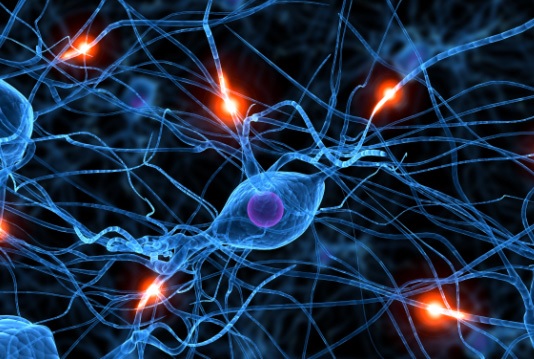 Neural stem cell therapy |
The technology that collects adult stem cells from the patient’s body (skin) and cultivate it to neural stem cells, and implant it onto damaged brain. There is currently no treatment for degenerative brain diseases such as Alzheimer’s and Parkinsons disease. We expect this could provide a fundamental treatment method to replace dead brain cells into neural stem cells. |
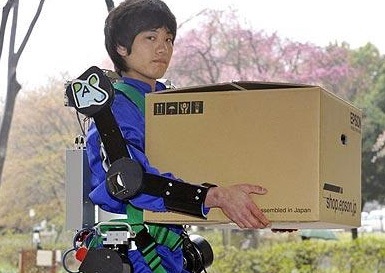 Assistive robot suit Assistive robot suit |
Once the disabled or the elderly to wear a robot suit which is similar to the body frame, the suit can detect neuronal signal from the muscle and operate. The suit allows the user to move freely and move heavy objects as it gives more strength. With the same principle, the suit enables the elderly or the disabled to expand their work environment at production spots and work. |
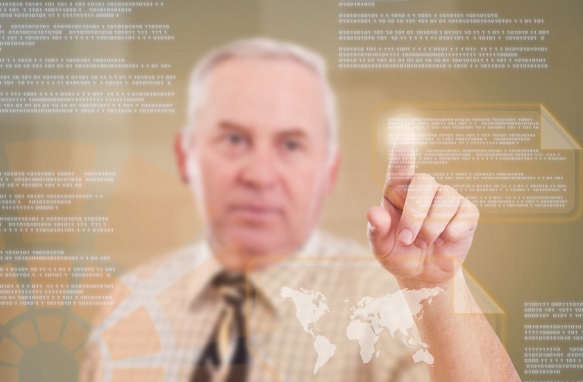 Bio-signal interface |
The technology uses bio-signal and body movement as an interface (Human – Computer Interaction) for the disabled or the elderly to use computers as well as to create command for drive control of information equipment, cars and wheelchairs. One needs to attach a sensor on his or her body to use this interface which base the system on bio-signal and body movement. As the technology uses natural bio-signal, it can be applied for virtual reality, wearable computers and interface for the elderly and the disabled. In addition, bio-signal technology can be developed into monitoring technology which can be applied in rehabilitation area, medical examination and smart healthcare. |
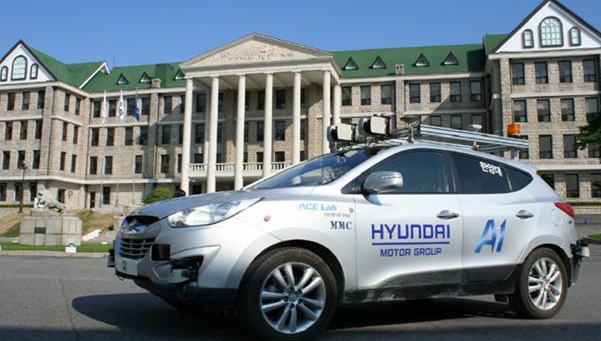 Self-driving car |
The technology is based on ‘automotive navigation system’ such as GPS module, ‘obstacle scanning system’ such as sensors and camera, and it automatically control the vehicle without the driver to reach the destination. The technology draws major attention to the society as it can be applied not only for general purposes, but for securing mobility rights of the elderly or the disabled, military use, cargo transportation and other wide areas. |
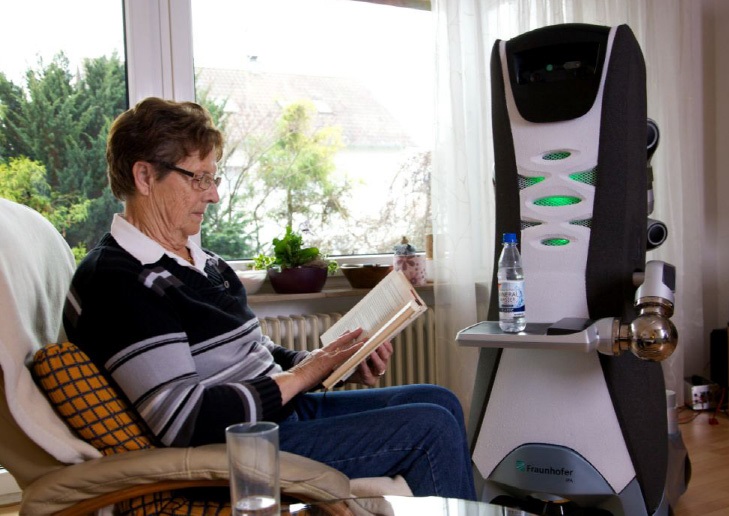 Lifecare robot Lifecare robot |
The term ‘lifecare robot’ refers to a robot which has perception of external environment, self-cognition and self-regulating manipulation. Self-cognition divided into environment perception function and location perception function, and self-regulating manipulation function is divided into operation control function and autonomous mobile function. Due to rapid aging and change in family structure, there has been an increased need for domestic robot which can carry out rehabilitation treatment, nursing, cleaning, domestic tasks and etc. |
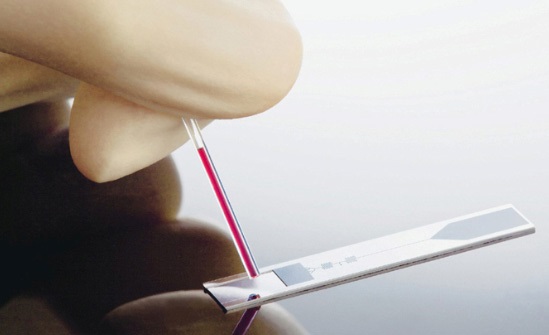 Nano bio-sensor |
The technology is a bio-element which can detect the presence of specific material, enzyme, antibody, cell, DNA and etc. One can easily check-up his health by testing the blood easily, quickly and at lower price. This technology will be the core element in smart healthcare service as it will continuously miniaturized to be applied on site and be able to go inside the body. |
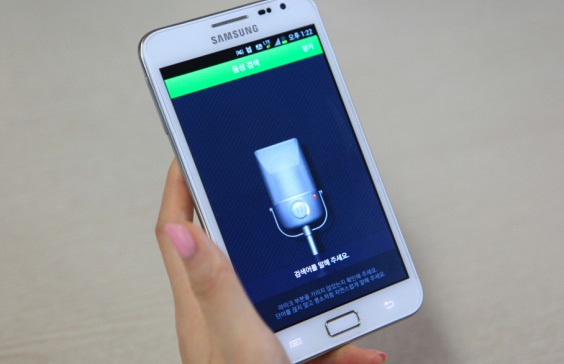 Natural language processing Natural language processing |
The technology can translate not just a word, but a naturally spoken sentences where it can create and understand variety of expressions. The demand for translation of natural conversation is expected to rise exponentially due to declined physical and metacognitive ability from rapid aging. This technology can be combined with AI into a robot which can be useful for the elderly who needs someone to converse with. |
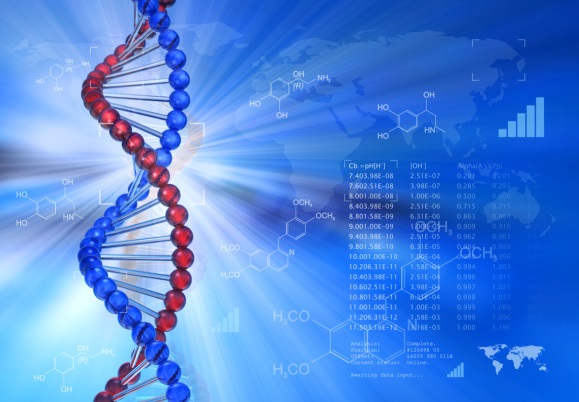 Next generation genome sequencing |
The technology can tran genome at superhigh speed with extreme sensitivity and low price as well as compare it to the standard genome sequence in order to identify mutations. It is expected that medical demand will rise due to rapid aging society, and this technology can provide personalized diagnosis and treatment from reading the patient’s genome. |
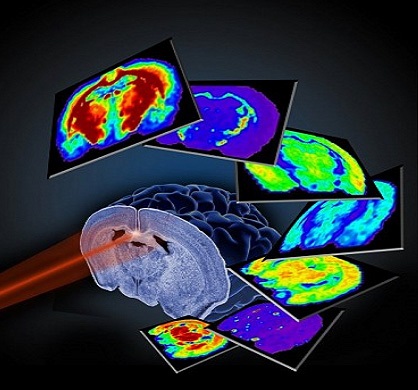 Molecular imaging diagnosis Molecular imaging diagnosis |
The technology can carry out live imaging of the body by utilizing the changes in molecules and genes using isotopes. This can diagnose and detect incurable neurological disorders such as Alzheimer’s and Parkinson’s disease at the early stages as well as choose the appropriate medicine and evaluate the effect. In addition, the image can show the changes and characteristics of cancer to aid the treatment. This precise diagnose technology can allow us to treat the disease more easily and cheaply, and provide patients to monitor their diseases continuously. |
 Smart work |
The technology refers to a network to provide the similar environment to the office, free interaction between cyber and real space, media handling to raise realism, UI/UX, POD related technology and etc. In order to realise realistic smart work, cloud computing technology and 3D hologram are required which in turn needs giga-communication network technology and strict sercure technology. This can increase the participation of female and disabled in the economy. Furthermore, this can reduce the commuting time, environment and energy contributing to reduction of non-operation expenses and increase in productivity. |
